Below are some meaningful places to visit during the April 30 holiday in Ho Chi Minh City:
1. Independence Palace (also known as Reunification Palace) Located in the heart of District 1, it is one of the most prominent historical symbols of Ho Chi Minh City.
At noon on April 30, 1975, tanks of the Liberation Forces entered the palace grounds, officially ending the long war and opening a period of independence and national reunification.
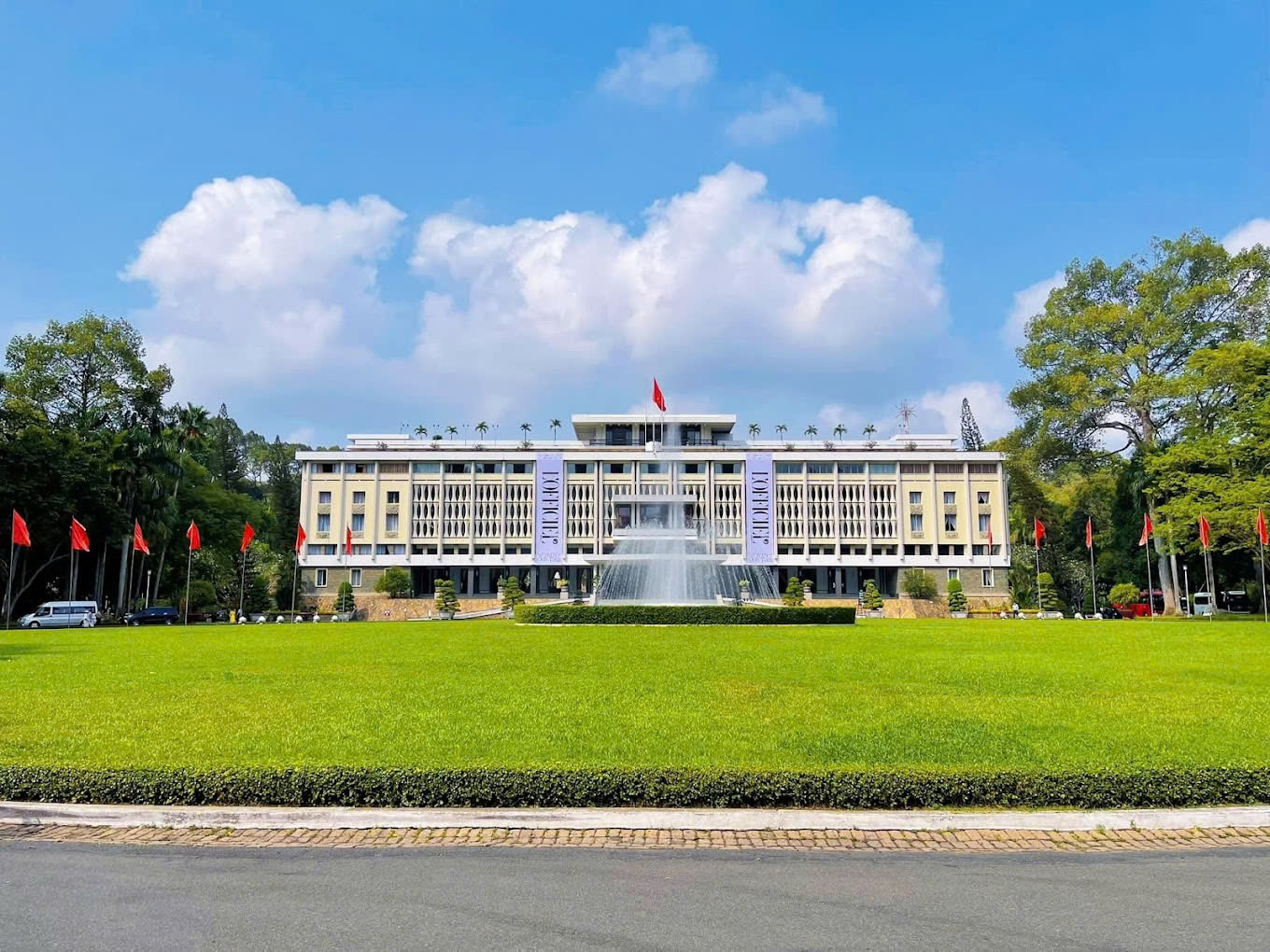
Currently, the Independence Palace is preserved as a special national monument; the palace's architecture is almost intact compared to the period before 1975: from the reception rooms, conference rooms, offices, command basement, to the helicopter landing pad...
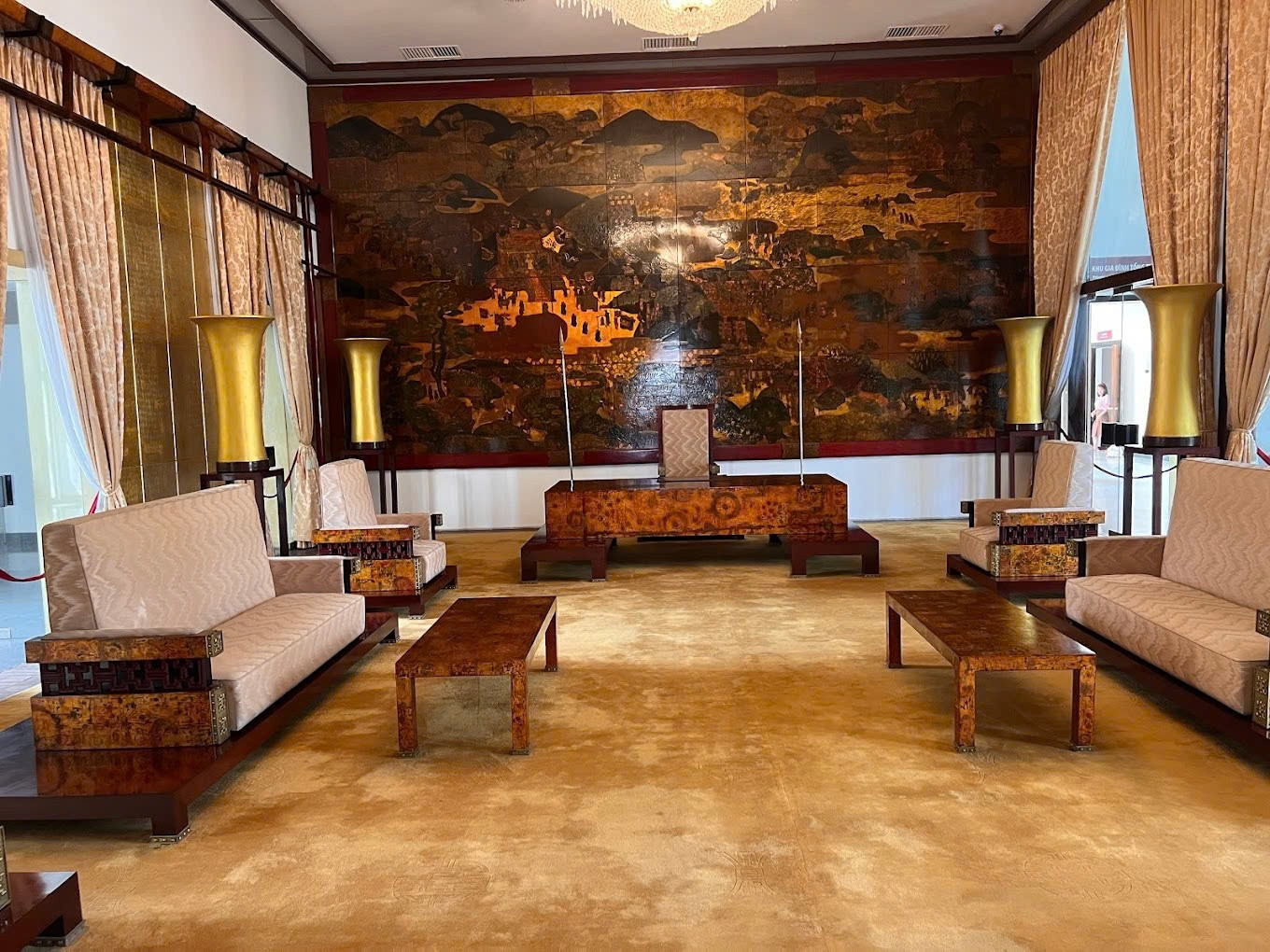
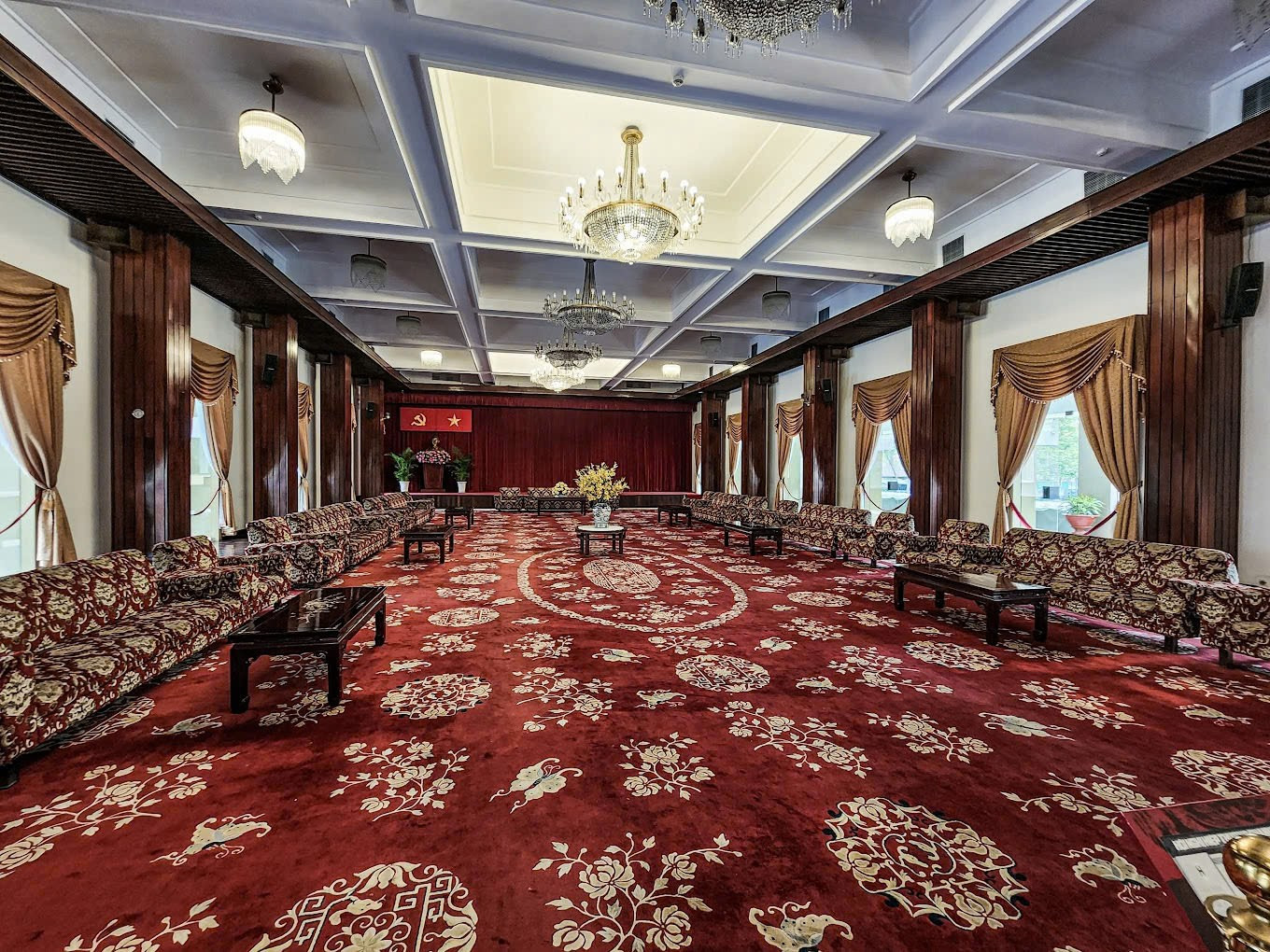
Historical artifacts such as battle maps, communication equipment, the President's and generals' furniture, T-54 and T-59 tanks, and UH-1 helicopters are still carefully preserved and displayed.
In addition to visiting the main architectural space, the Palace also regularly organizes thematic exhibitions on war, revolution, and important national events such as: "Imprints of the Day of Total Victory", "From the Paris Agreement to the Independence Palace", "Ho Chi Minh City - Looking Back 50 Years (1975-2025)"...
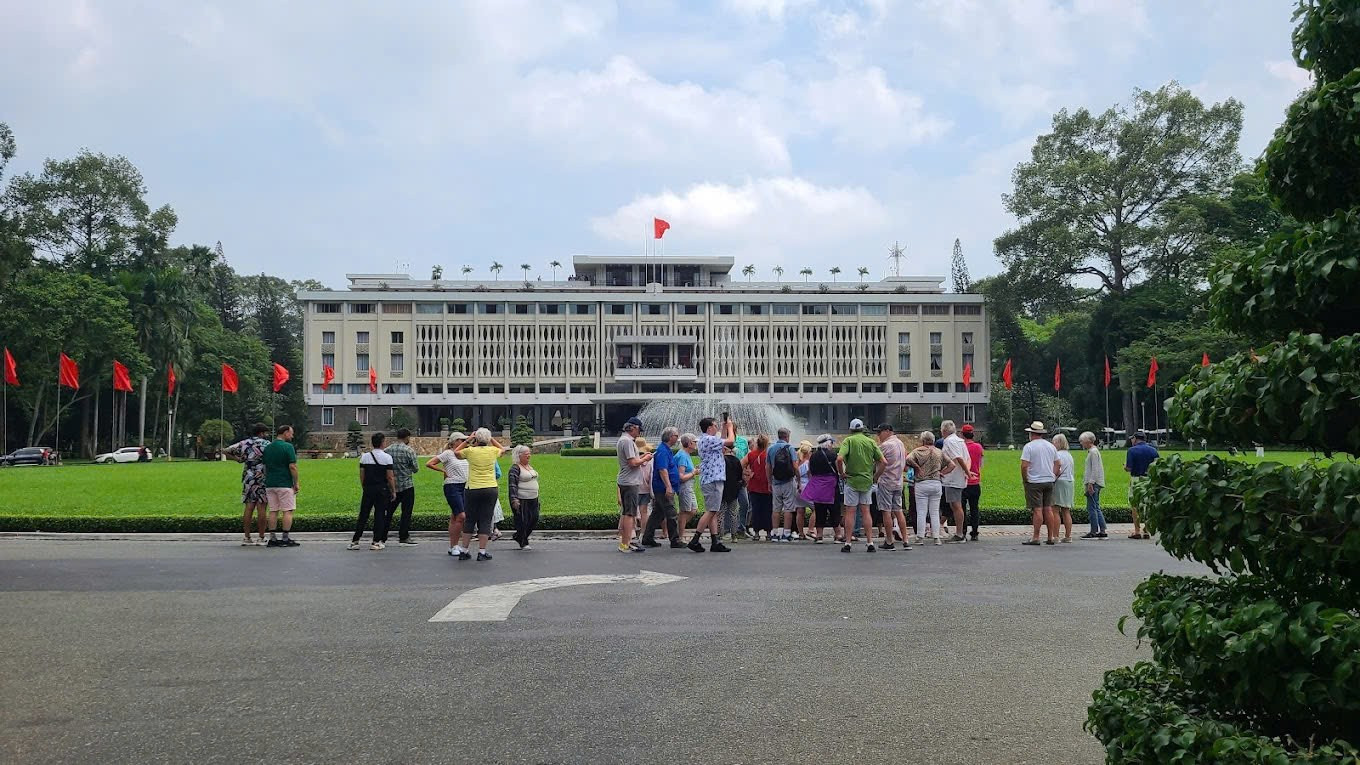
2. Ho Chi Minh Museum - Nha Rong Wharf (located on the Saigon River). This is the port from which, in 1911, the young man Nguyen Tat Thanh left to find a way to save the country on the ship Admiral Latouche-Tréville.

Today, this French-Vietnamese architectural work is used as a museum to preserve artifacts and images of President Ho Chi Minh's life and revolutionary career, especially his international activities and the struggle for national independence.


After more than 40 years of operation, Ho Chi Minh Museum - Ben Nha Rong has truly become an educational center about revolutionary history, the moral ideology and the great revolutionary life of President Ho Chi Minh.
The museum has welcomed millions of visitors from all over the country and internationally, especially hundreds of delegations of heads of state and high-ranking officials from other countries to visit and learn about President Ho Chi Minh....


3. Cu Chi Tunnels are located in the northwest suburbs of Ho Chi Minh City, a unique underground military structure famous worldwide.
This tunnel system is not only a military feat but also a symbol of the indomitable will, patriotism and creative intelligence of the people of the South - especially the army and people of Cu Chi district.
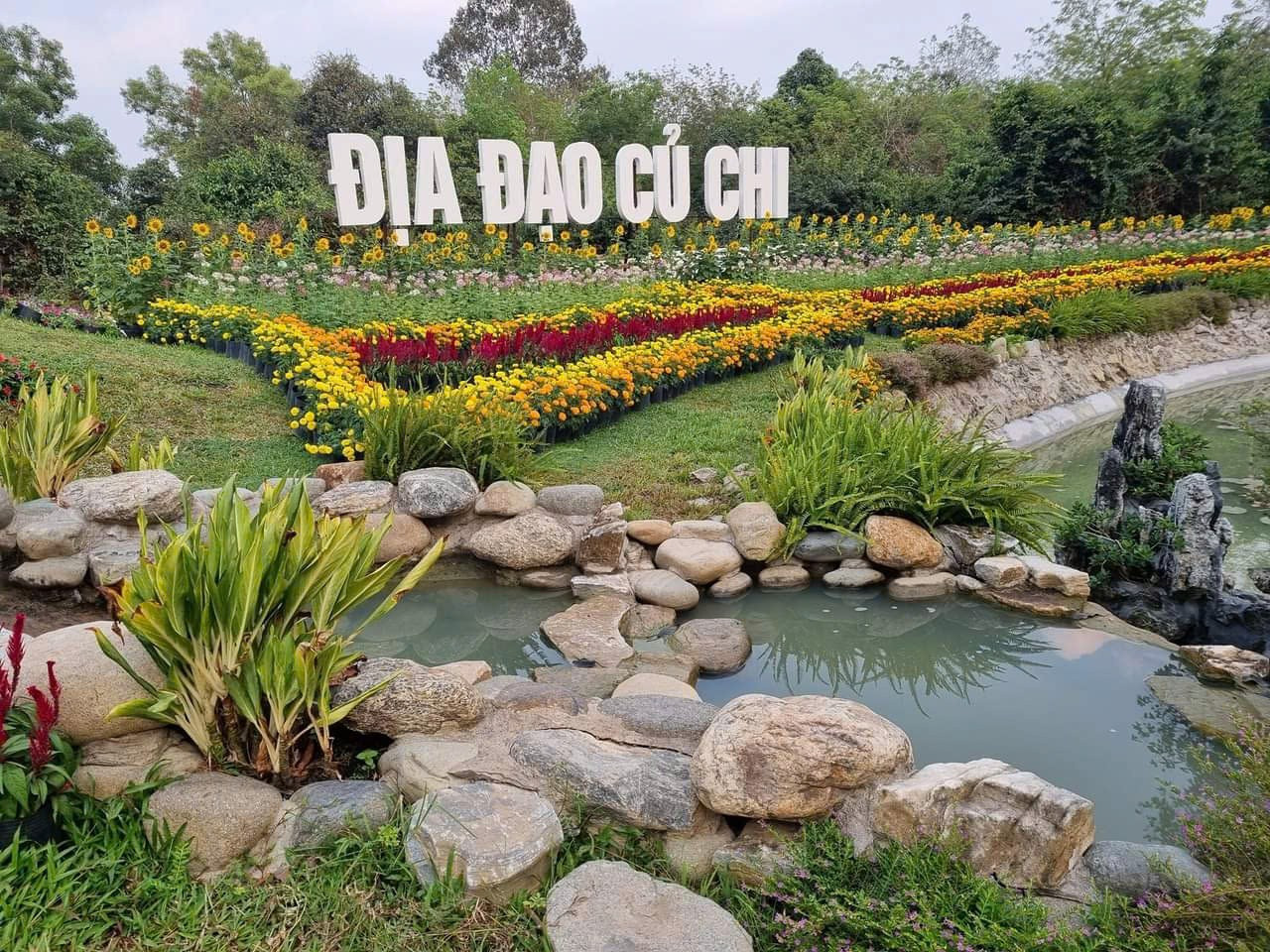
The tunnels were a transit point for food and weapons, a place for revolutionary forces to set up headquarters, print documents, provide first aid, hold cultural and artistic activities, even have an infirmary, Hoang Cam kitchen, wells, meeting halls... all located deep underground.

The tunnels have a total length of about 250km, of which more than 120km have been restored, preserved and opened for visitors. In 2016, the Prime Minister ranked the Cu Chi Tunnels as a special National Historical Relic.
Visitors coming here can directly experience the feeling of going underground, seeing Hoang Cam kitchen, weapons warehouse, meeting room; watching documentaries, recreating guerrilla warfare models; trying shooting at the national defense sports shooting range; enjoying boiled cassava with sesame salt - a familiar dish during the resistance war... all recreating a resilient "underground city" right next to the enemy's headquarters.
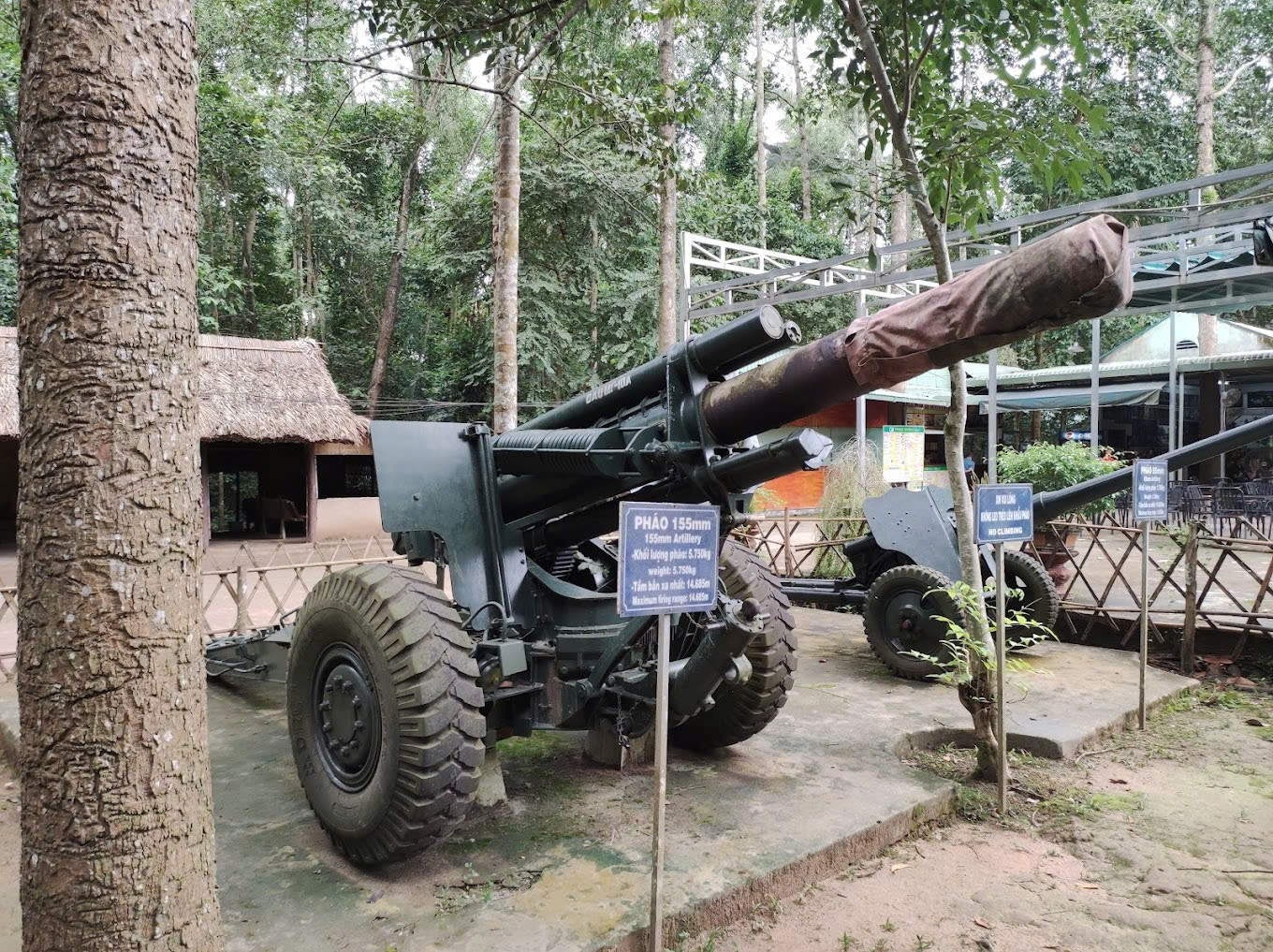
4. The War Remnants Museum is located in District 3 - right in the city center, where every year millions of visitors come to visit, learn and contemplate.

This is one of the most special museums in Vietnam, carrying a profound message about the pain of war and the desire for peace of humanity through more than 20,000 images, documents and original artifacts preserved. Among them are many works by international reporters, war journalists, war photos, war victims... with great value in terms of documents and art.
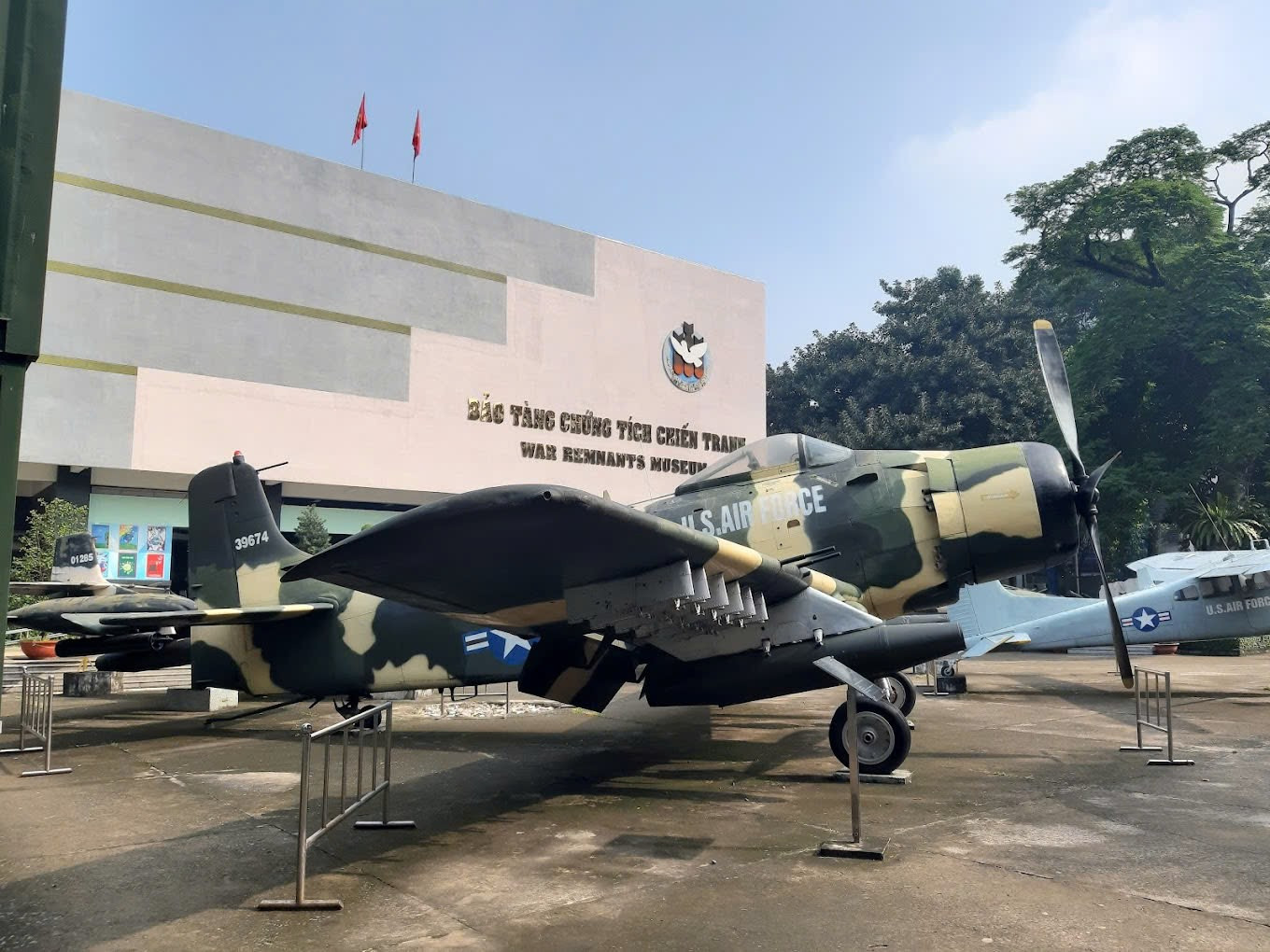
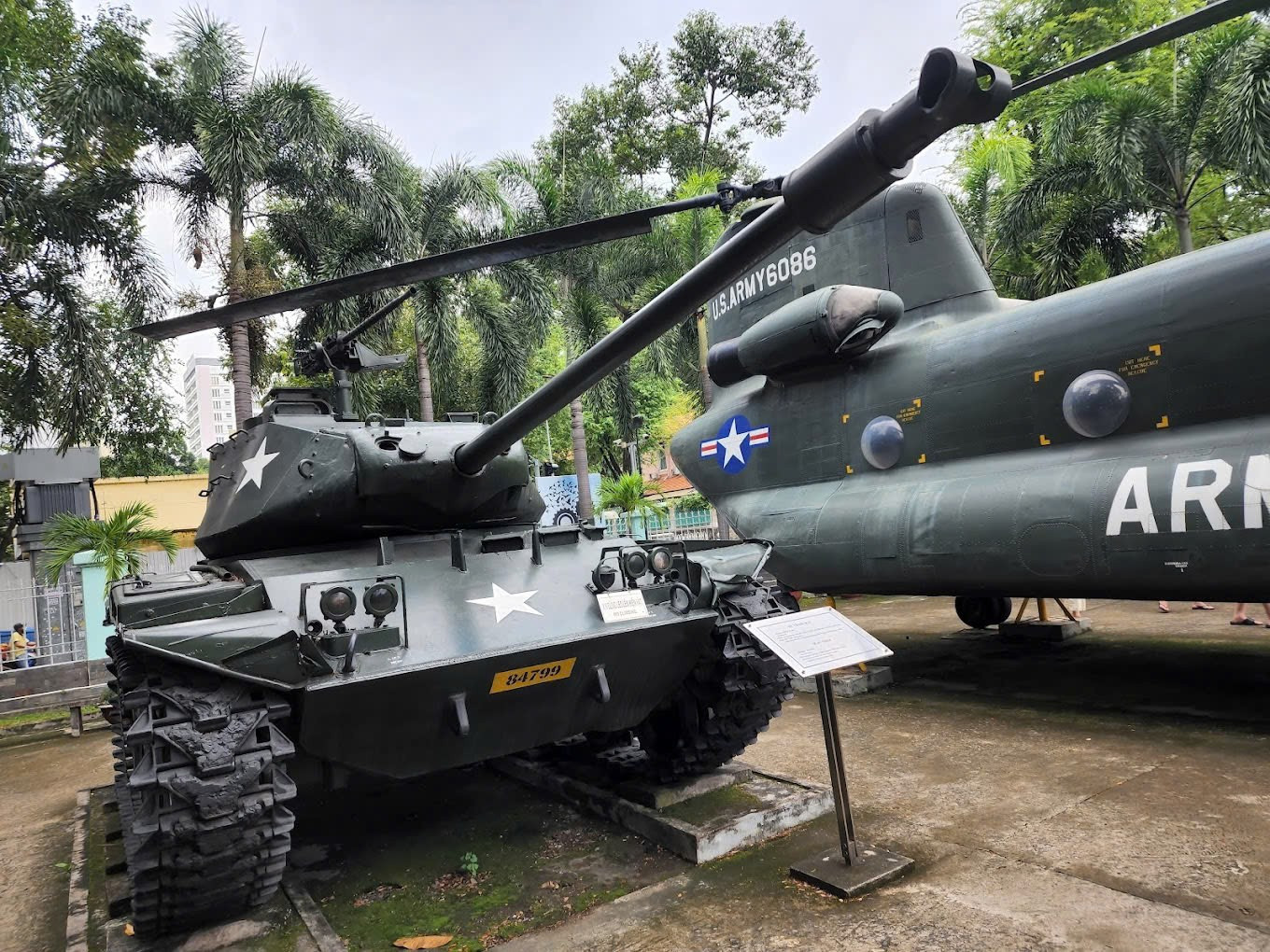
The exhibition areas at the Museum not only provide historical documents but also evoke strong empathy, providing a contemplative space for viewers to deeply feel the pain of war, thereby appreciating the value of peace more.
The War Remnants Museum is in the Top 10 most attractive museums in Asia voted by TripAdvisor. It is a unique cultural address of Ho Chi Minh City, regularly introduced on international TV channels such as BBC, CNN, National Geographic... Many foreign tourists consider it the most emotional and unforgettable experience when coming to Vietnam.
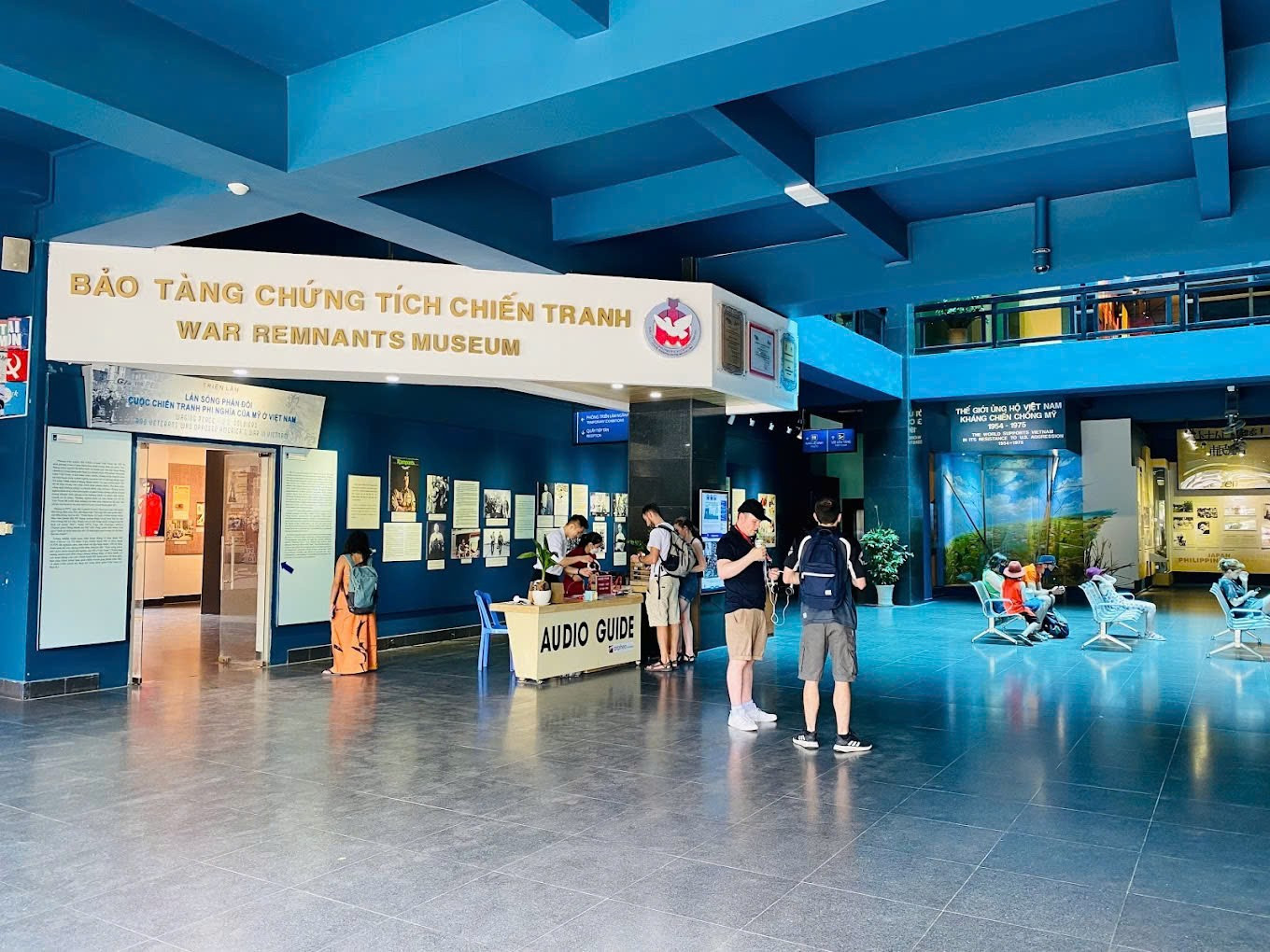
5. Nguyen Hue Walking Street is a modern and iconic space in the center of Vietnam's largest city. As a public space loved by the people, this is where many cultural and artistic activities take place on every major holiday.
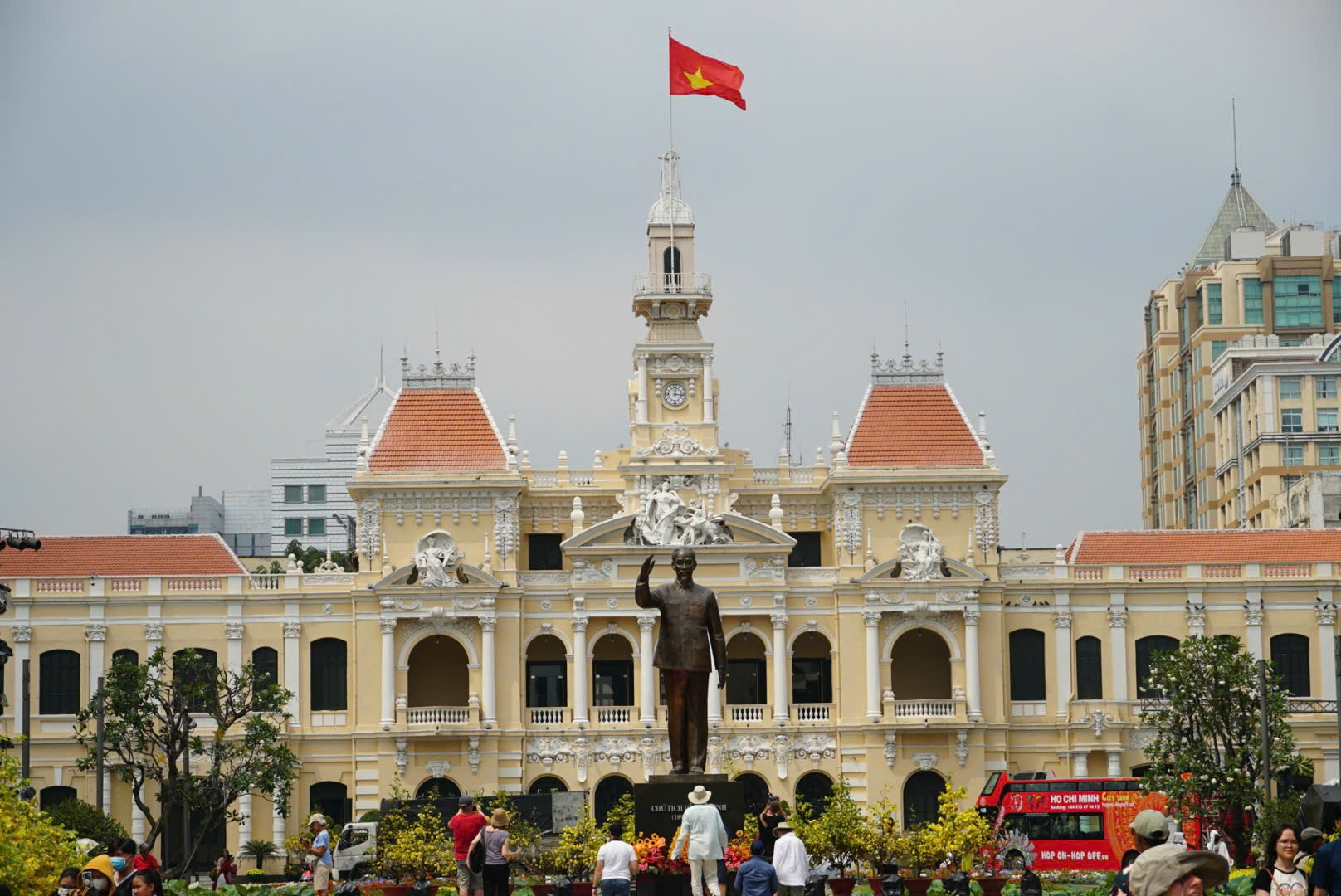
The statue of Uncle Ho is placed in the most solemn position of Nguyen Hue Walking Street, a reminder of the morality of "remembering the source of water when drinking" and the immortal revolutionary spirit that the city named after him always strives for.
The monument is a place where people and tourists offer flowers and commemorate on major holidays: September 2, April 30, May 19... It is a venue for cultural and artistic activities and community events, contributing to spreading the spirit of patriotism, studying and following Ho Chi Minh's ideology, morality and style.
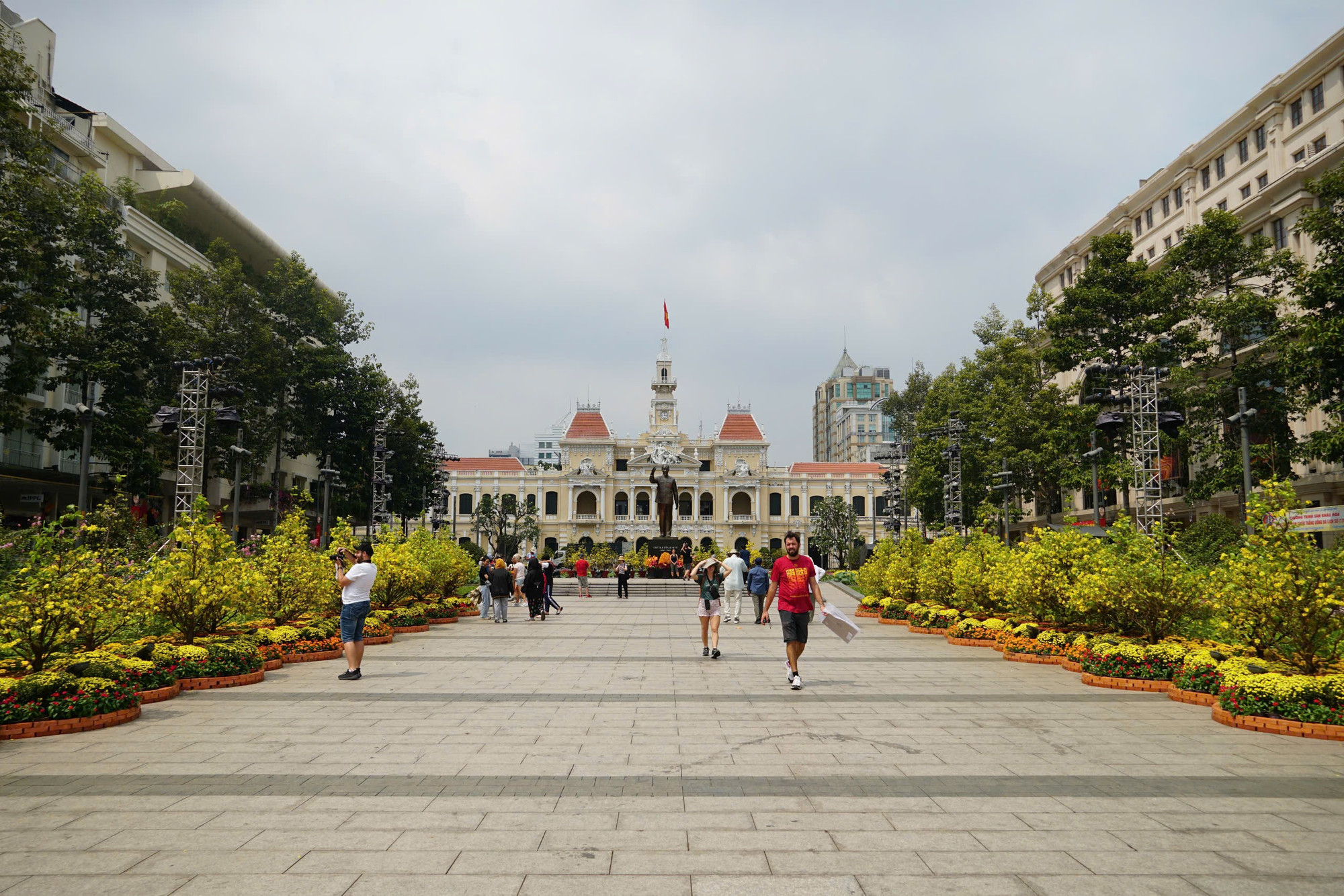
The statue of Uncle Ho at Nguyen Hue Walking Street is also a red address for political activities, admission to the Youth Union and Party, and propaganda and education for the younger generation. Through the image of Uncle Ho, the younger generation understands more about the ideology of living for the people, being close to the people, and respecting the people - the core ideology of Uncle Ho. The monument contributes to nurturing national pride, civic spirit, and responsibility to the country.
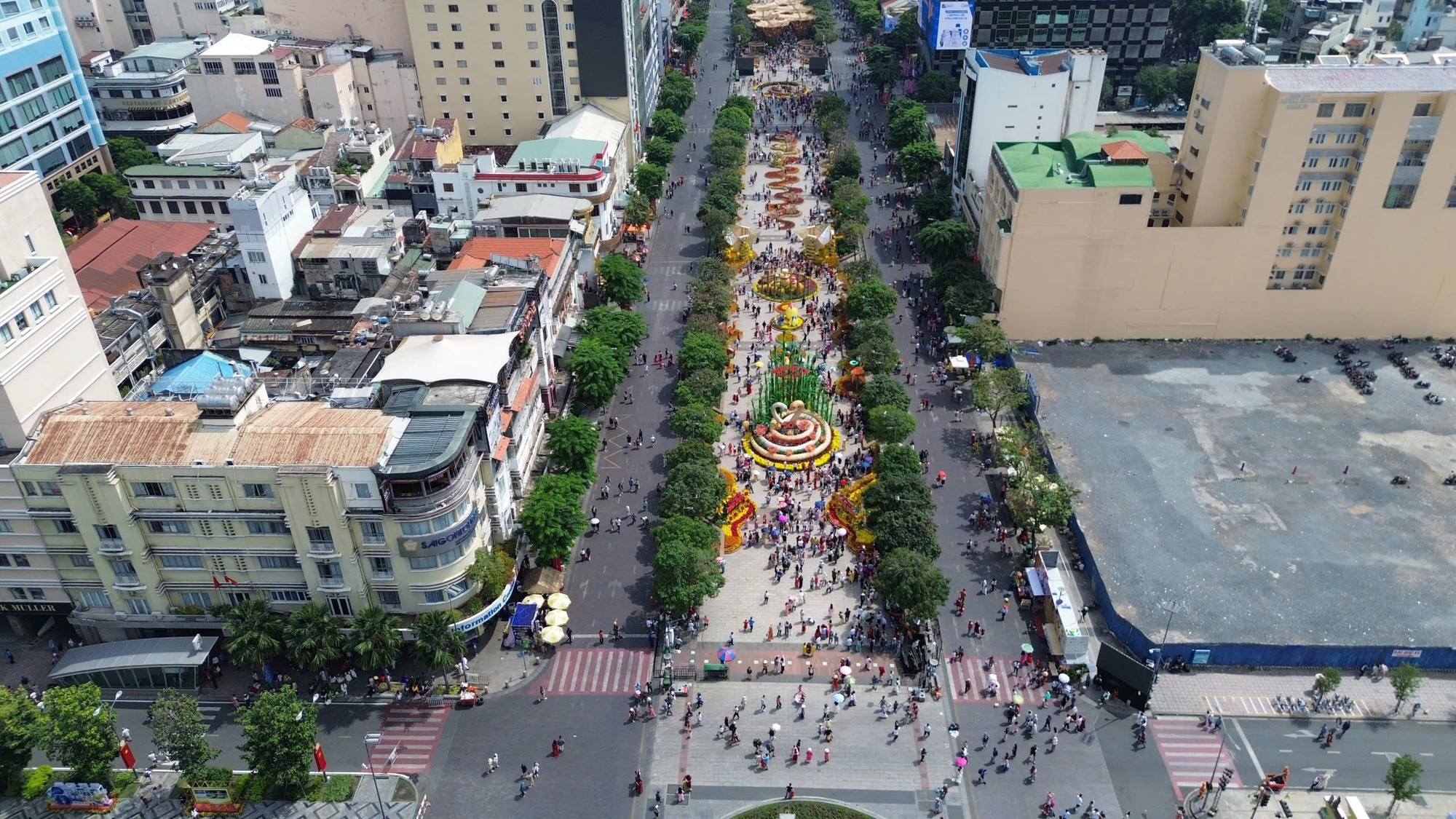
Source: https://daibieunhandan.vn/dia-diem-ve-nguon-y-nghia-dip-304-o-tp-ho-chi-minh-post410505.html


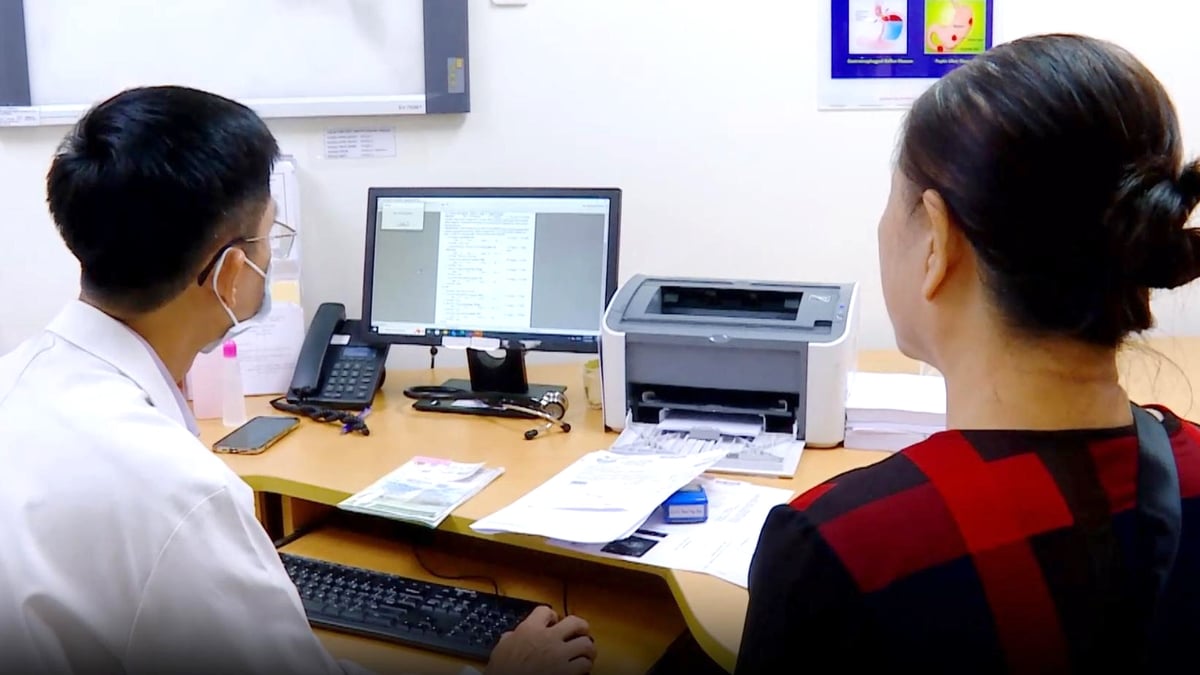




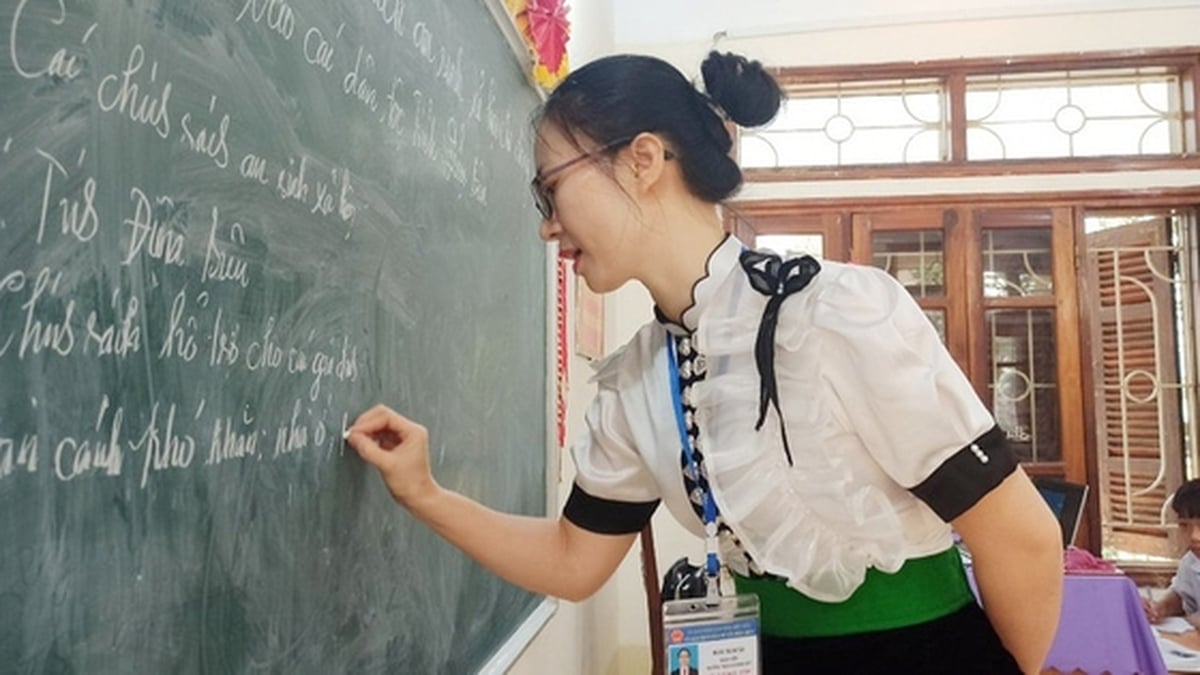

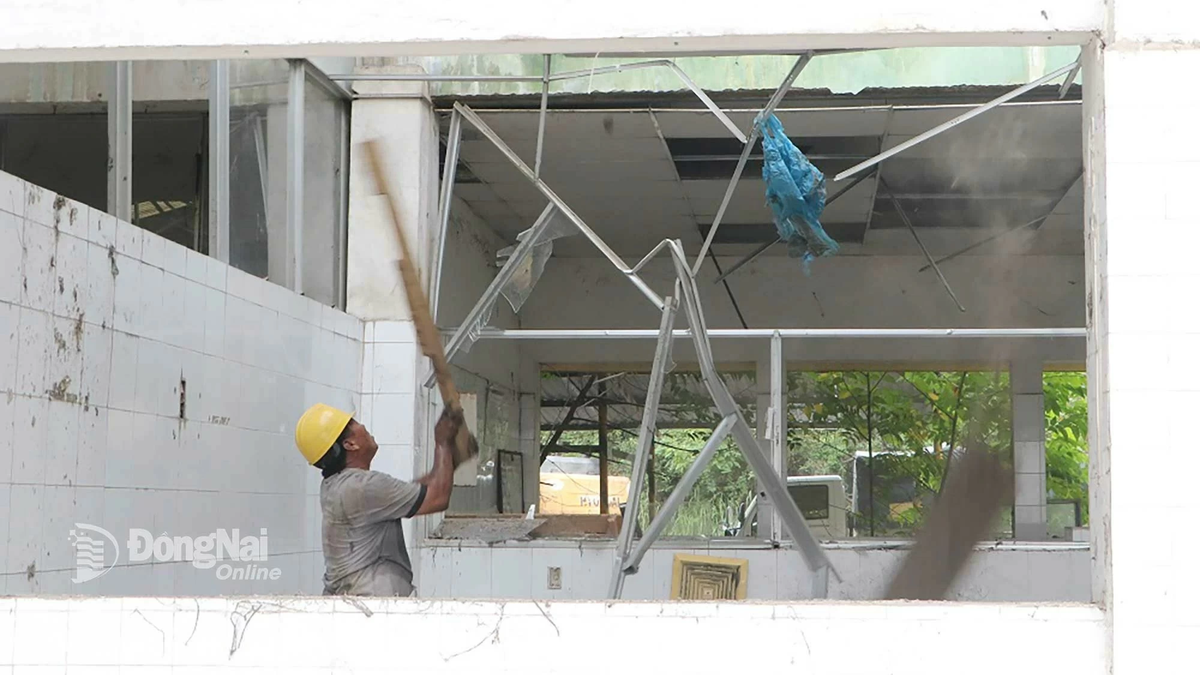
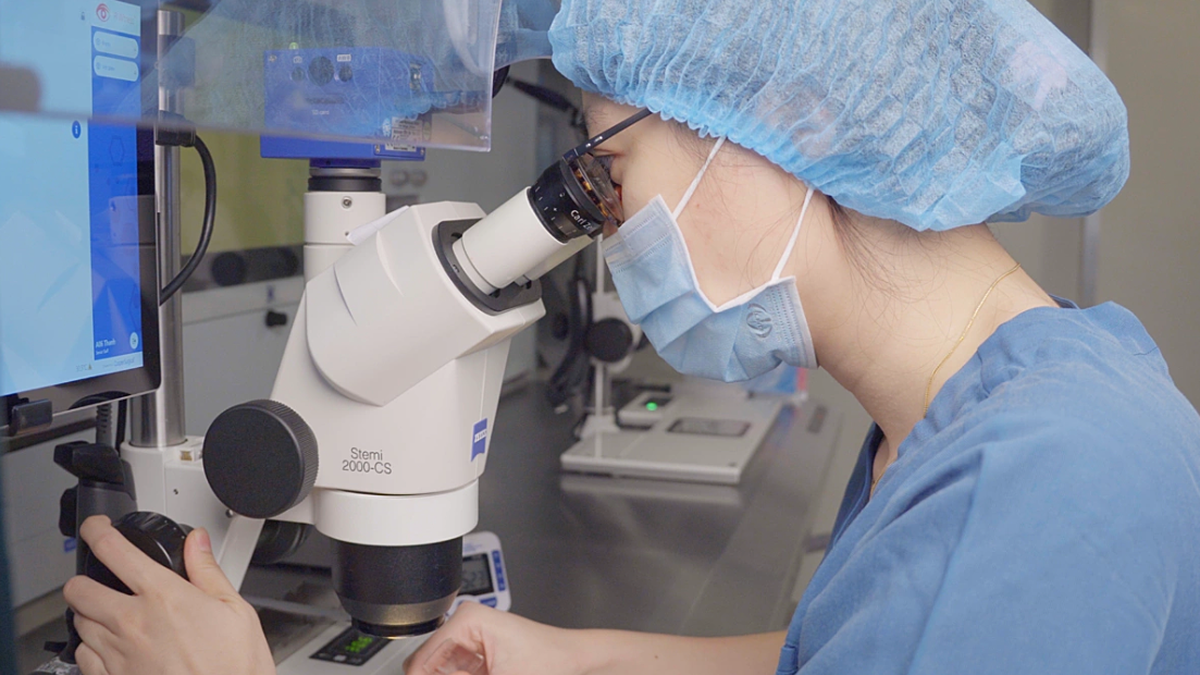
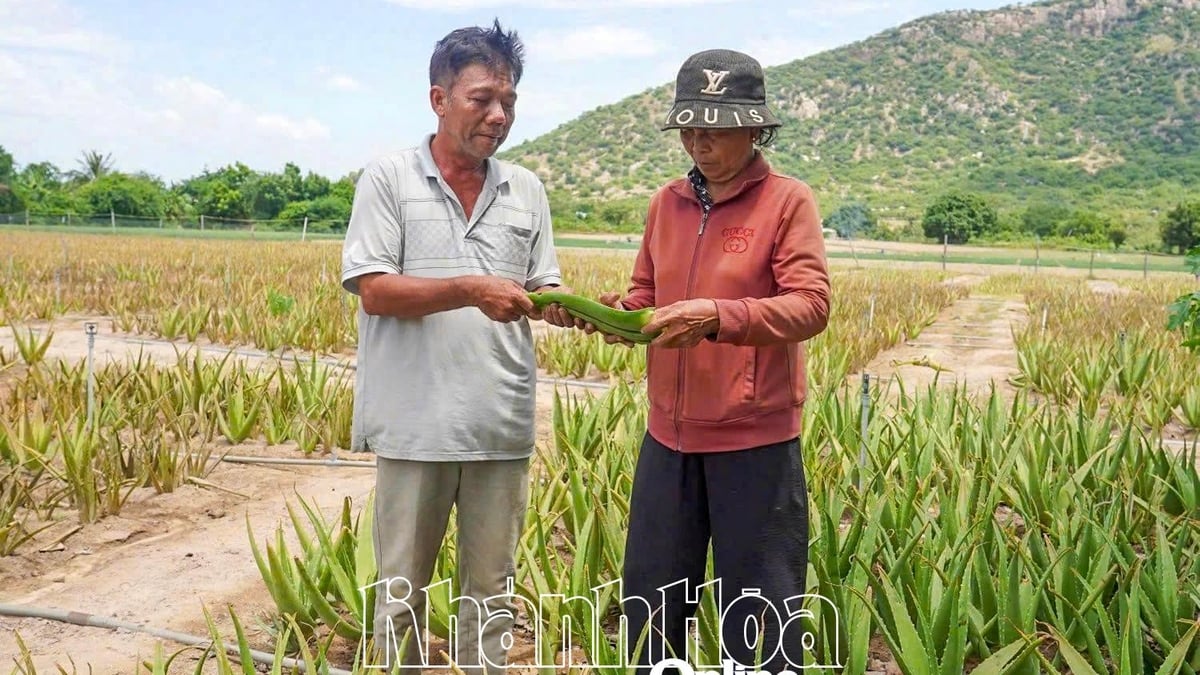












































![[Maritime News] Container shipping faces overcapacity that will last until 2028](https://vphoto.vietnam.vn/thumb/402x226/vietnam/resource/IMAGE/2025/7/30/6d35cbc6b0f643fd97f8aa2e9bc87aea)









































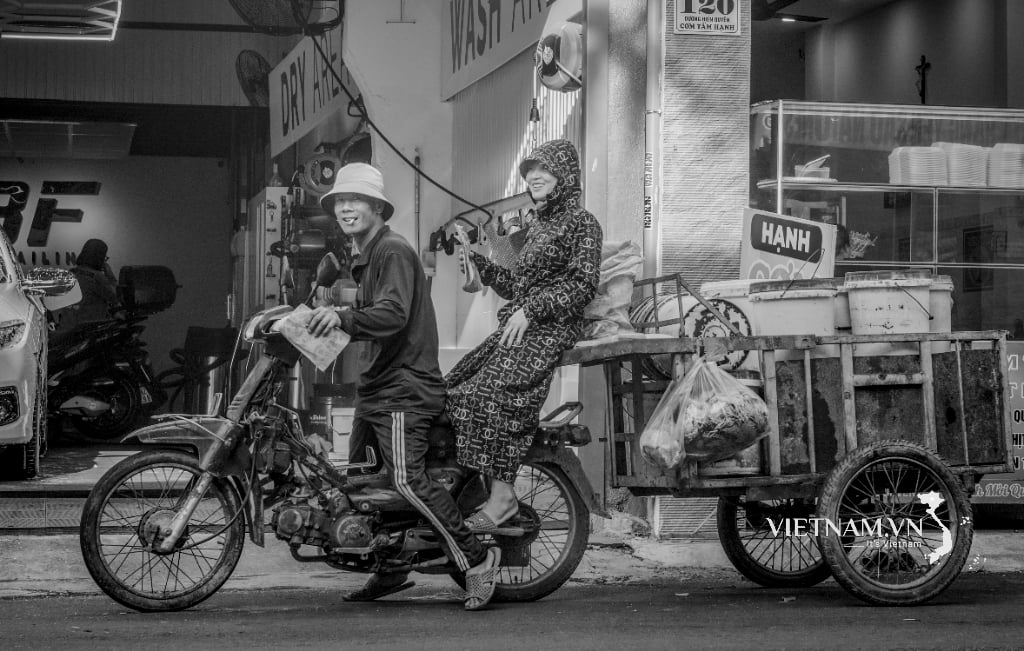
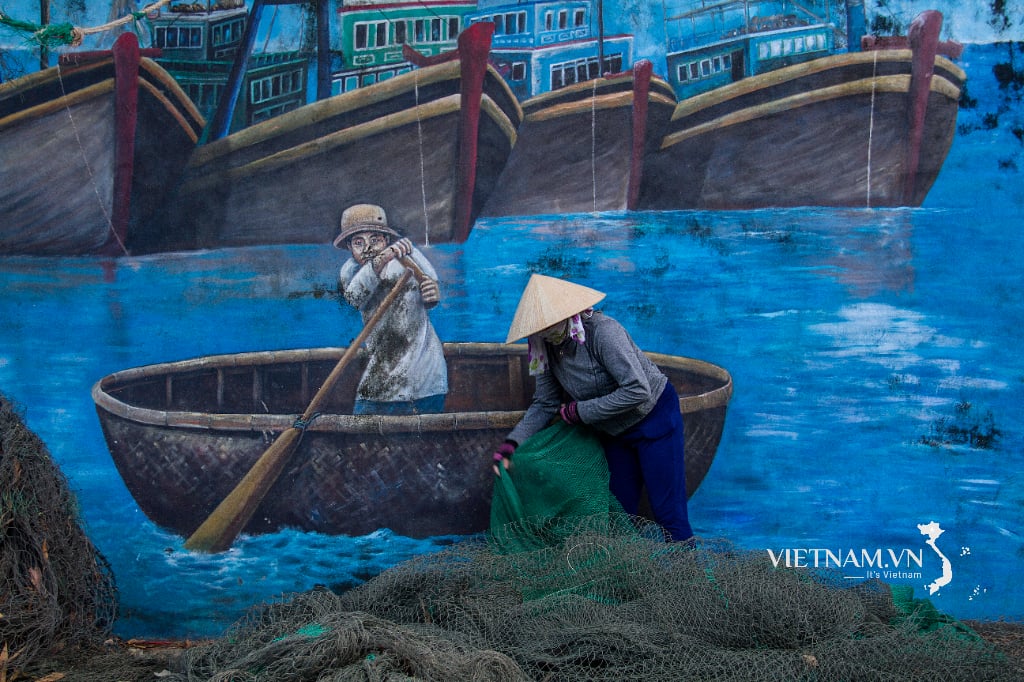

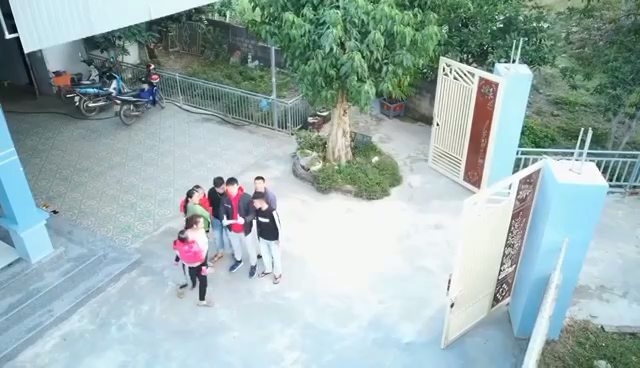
Comment (0)